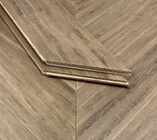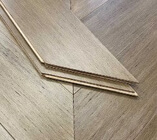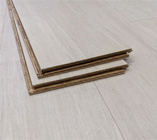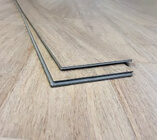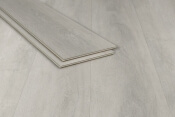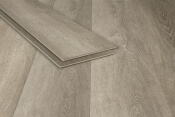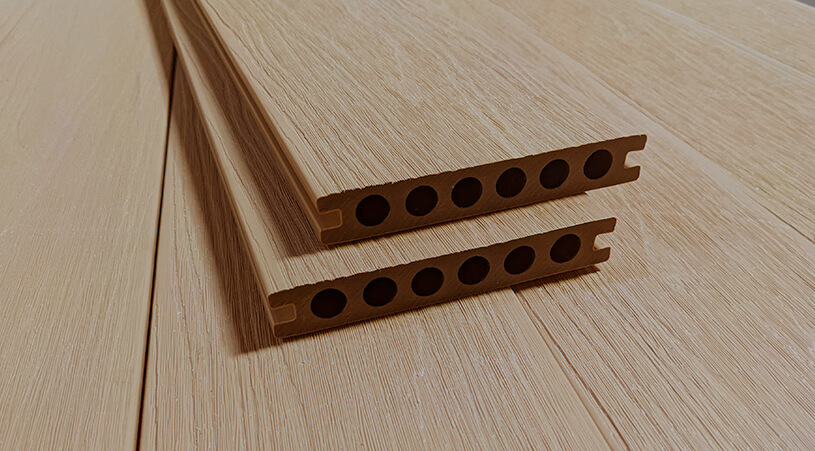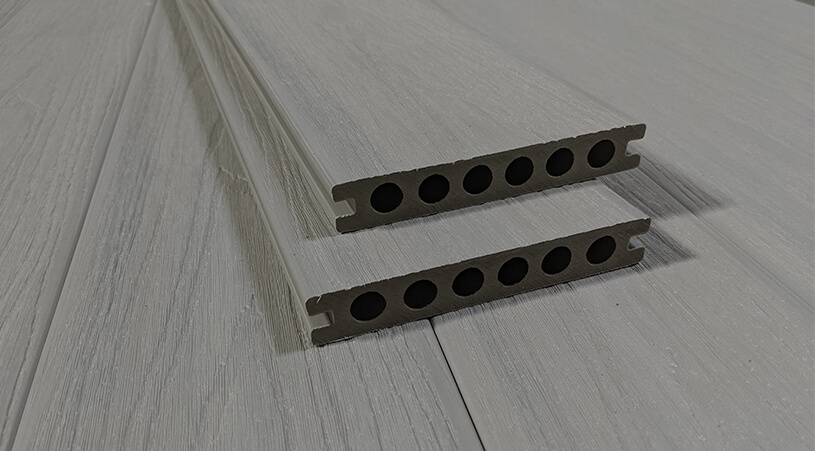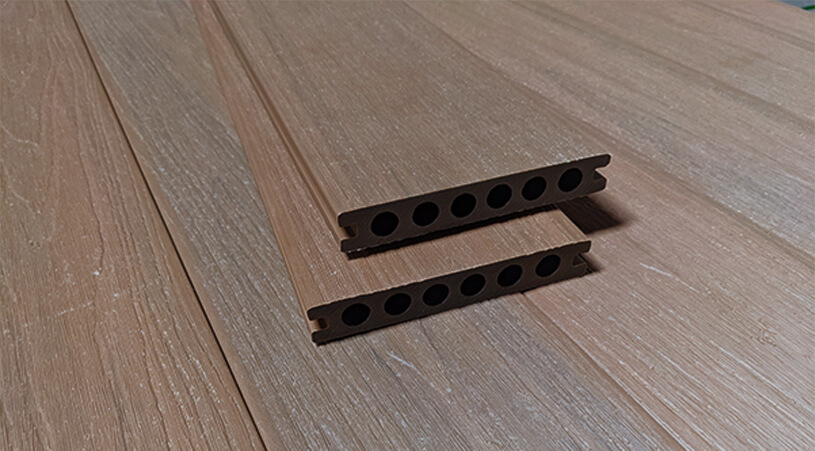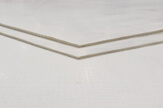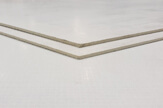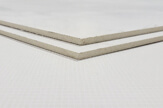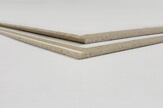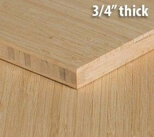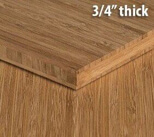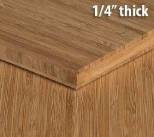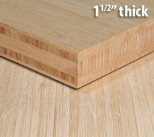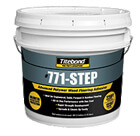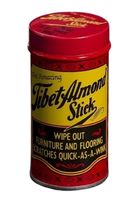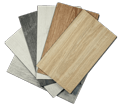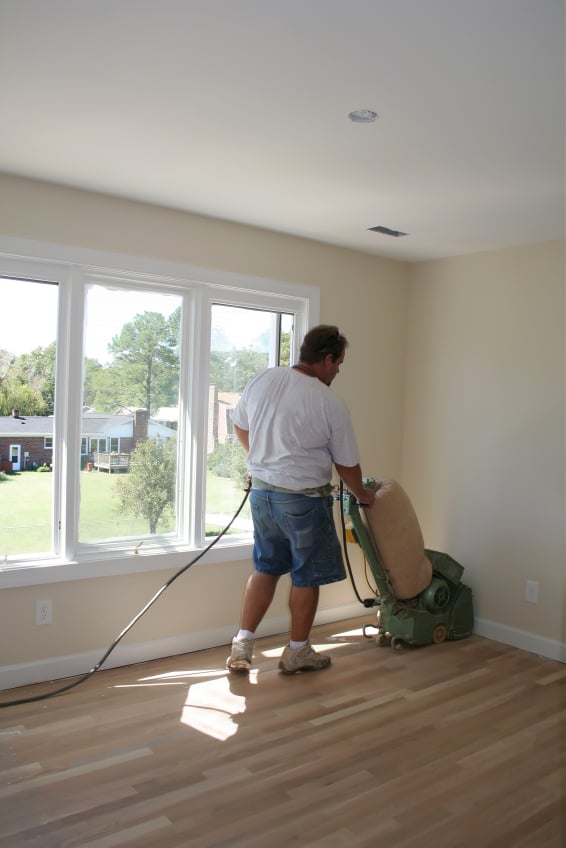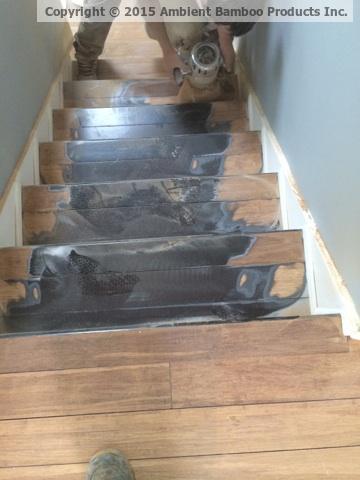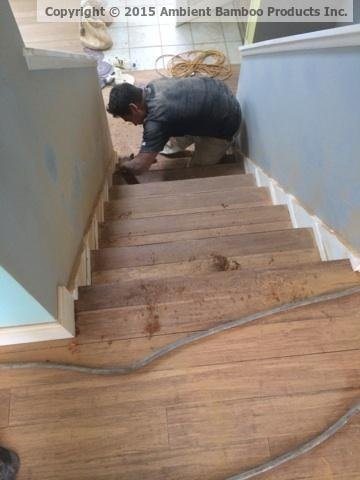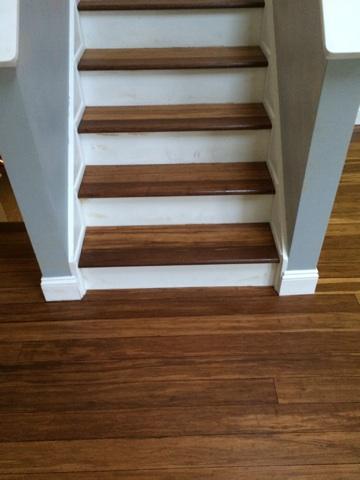Once you’ve determined that your floors need refinishing, there are some things you must consider before diving right into the project:
Hire a Professional or DIY?
Numerous television programs have many homeowners convinced they could tackle absolutely any home renovation/remodeling project. And with big box stores like Home Depot and Lowe’s catering to these people, why not think you can handle any job? Though refinishing your floors yourself may be the best choice for your wallet, it may not be the best choice for your floors. Bamboo floors can be difficult and labor-intensive to refinish. Though you can certainly choose to refinish your floors yourself, you may regret taking on this particular project if you don’t have adequate experience.
Rent or Buy Equipment?
If refinishing your bamboo floors sound like something you can handle, you might be inclined to run out to a hardware store and buy a sander or duster if you don’t already have one. But remember, you will only be using this expensive tool once and then not again for another 10 or so years. Your local home improvement center rents out these tools so you can keep your costs as low as possible. However, you will want to purchase your own safety glasses and ventilation mask because you’ll likely use them again.
Do You Even Need to Sand?
You may not even need to sand your floors. If the wear and scratching are minimal and don’t reach the actual bamboo, you might be able to get away with using a buffer to scuff-sand and only have to apply one or two coats of finish. This will save you time and money.
You’ll Need a Full Day.
If sanding is required, you’ll want to seal your floors the same day you sand them to prevent any moisture from being absorbed into your bamboo planks. Also, depending on the drying time for the finish you have selected, you’ll want to plan on completing your project in one day. Then allow 24 hours for the seal to completely dry before loading furniture and rugs back into the room.
Test for Oil
You won’t be able to buff a room that has been cleaned or waxed with an oil-based soap. If this is the case, your floors will have to be stripped first with an ammonia and water mixture or an industrial cleaner. Test a corner of your floor for oil by lightly sanding and applying a little finish. If it sets, you’re fine and can proceed with sanding/buffing. And remember, always check with your manufacturer first about the sanding and buffing methods acceptable for your finish type!
Use a Sheepskin Applicator
If you want to get the absolute best finish, you’ll want to use a sheepskin applicator. Using a brush will streak your floors, and rollers will create awful pools of finish that will discolor your floors. But using a sheepskin applicator will ensure your finish is smooth and even. Again, check the manufacturer’s instructions.
Buff and Clean Between Coats
Once your first coat of finish dries, you’ll need to buff the floor to remove any impurities. Make sure you clean up all of the dust before applying another coat. You can use an oil-infused cheesecloth to wipe up the buffer dust. And don’t forget to check with your manufacturer’s instructions.
 (866) 710-7070Talk to an expert!
(866) 710-7070Talk to an expert! 0 Cart$0.00
0 Cart$0.00
 0
0 

